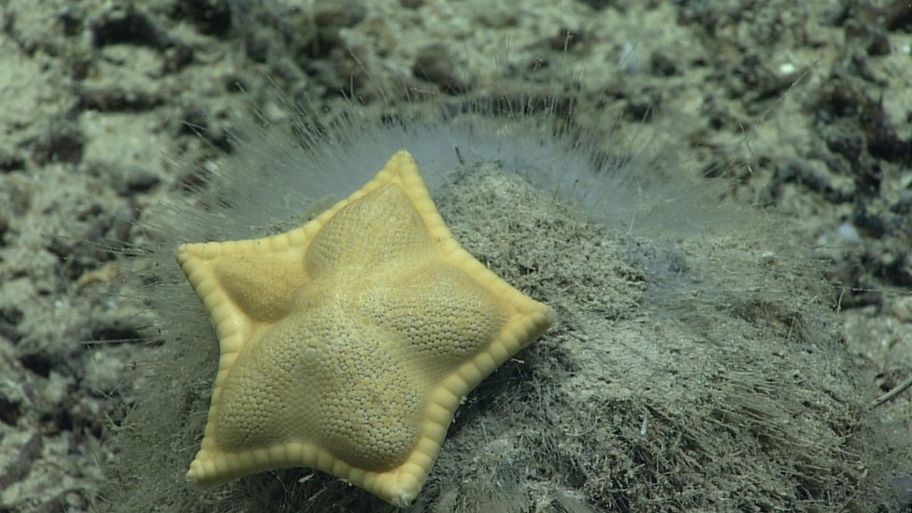JULY 22,
2019
Credit:
CC0 Public Domain
A global
research project led by The University of Western Australia in collaboration
with the Department of Primary Industries and Regional Development Western
Australia has identified compounds in Merino sheep wool that are attractive to
Australian blowflies.
The
discovery, published in Medical and Veterinary Entomology, could help breeders
develop fly-resistant flocks of sheep, which will improve animal welfare and
productivity.
Professor
Phil Vercoe from the UWA Institute of Agriculture and UWA School of Agriculture
and Environment said the findings could help to prevent flystrike, a
distressing disease caused by blowflies which poses a significant health risk
to sheep.
"This
research is a step in the right direction towards the development of more
clean, green and ethical approaches to preventing flystrike," Professor
Vercoe said.
"If future studies find
that the wool odor is inherited, then the compounds we've identified could lead
to a more effective way to breed sheep that are resistant to flystrike.













